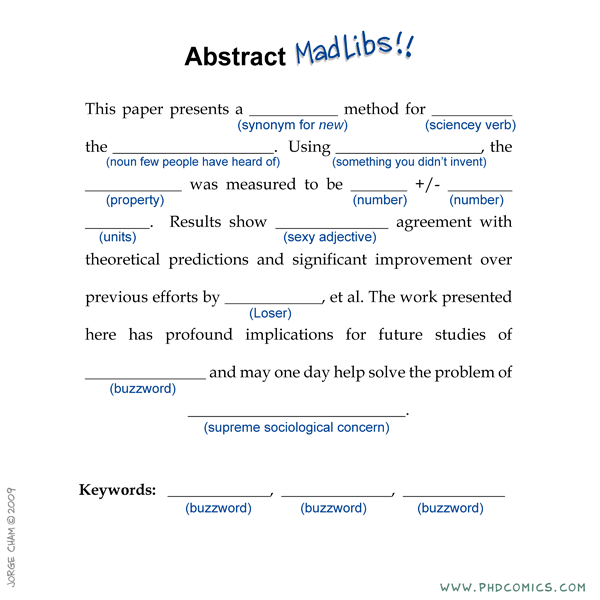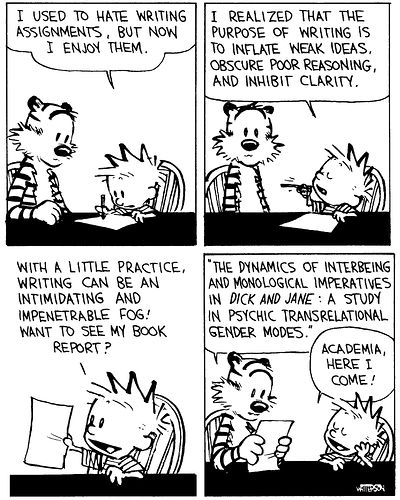Over the past year, I have had multiple conversations with my daughter, a PhD student in the Neuroscience Department at Queen’s. Each conversation seemed to be on the tail end of a conference presentation (and she’s done many!). She would begin with, “I’m tired. I’m jetlagged. I’m not getting any research done. I’m never going to finish. There is another proposal due next week. Wait, let me get a glass of red wine.”
Re-energized, she would recount her conference experiences. She would tell me about prominent researchers in her field who had attended her presentation, the same ones who have now invited her as collaborator at their host institutions, the great questions asked, and the insights gained.
Our conversation inevitably turned to the need for us, as researchers (emergent and established), to understand that conference participation is a critical component of the research process. Presenting reduces the isolation that we often feel as researchers and offers opportunities to defend our research and build our research identities. Even more importantly, discussion and questions (formal and informal) force us to widen our lenses as we consider perspectives beyond our own.
Getting there, and being comfortable presenting takes time; importantly, it requires that we have fully considered our options, understand the proposal components, and the dos and don’ts of writing a great proposal.
CHALLENGE #1:
Have I fully considered my options?
Typical conferences offer you multiple ways of presenting your research; you can choose what fits your style based on both your comfort level and the topic you are presenting.
Multiple single-paper sessions are often grouped together by conference organizers. Three to five papers on similar themes/topics are presented followed by audience participation or a question and answer session. A moderator is often assigned for timing purposes and to facilitate. A powerpoint or keynote often serves as cue cards for the presenters. You’ll often be asked to bring your presentation on a USB key.
Symposium or panel sessions allow of in-depth examination of a topic or theme. These are often organized by multiple presenters and suggest their own moderator who will facilitate audience participation. For example, as graduate students you could each bring together your views on isolation as graduate students – some onsite, some online, some in Canada, some overseas. Although you are bound by your graduate student experience, each of you has a different piece of the puzzle.
Workshop sessions often engage the audience in a hands-on experience to deepen their understanding of a particular topic or approach.
Small round table sessions allow presenters to informally discuss their papers with a small group of audience participants interested in that particular topic. There are often multiple tables set up in an area with a timed rotation allowing participants to move from one to the next, allowing presenters to discuss their papers on multiple occasions.
Poster sessions allow informal discussion featuring the use of a poster or multimedia materials. Participants wander through the poster hall, stop at posters that interest them, and ask questions individually. If you are interested in this type of session, check out the YouTube how-tos. Also, know that you can have your poster printed out (facilitated by Powerpoint or Keynote) at the print centre here the university.
CHALLENGE #2
Do I understand the proposal components?
What we need to know about the proposal often lies in the call for proposals. Print it out, highlight it, look at the mandatory components, and adhere to them. Proposals that don’t meet the minimum requirements (or those that exceed the word limit) are often those that are rejected right off the bat. If you are unsure of how to construct a proposal or what it looks like in its final form, ask a faculty member to share a successful proposal or two.
The Title. Make sure that your title fits the word limit and summarizes effectively what you intend to present. Although we like catchy, gimmicky titles, they often detract from the content of the proposal. Find a healthy balance and try to write a title that hooks the audience’s attention.
The Abstract. A formulaic approach does not work well for most of us – it’s hard to fit the square peg of our research into the round hole of a template. Pay attention to the word limits – they can be as few as 75 and yet at other times, they are the crux of the proposal. Essentially, your abstract is a summary of your presentation. Begin with a description of your problem/issue/question and why it is important. Introduce the context of your study including participants. Briefly describe your project including methods, strategies, and techniques used. Provide an overview of your results and lessons learned. Conclude with a statement of significance or implications for your research. Remember: Ultimately, it is your abstract that will attract your audience.
The Body of the Proposal. The proposal will typically include headings such as:
- Objectives/Outcomes – What will the audience know by the end of the session? What are your goals for the session?
- Purpose/Research Questions – What were the purposes of, or research questions, that drove the research? Setting this out at the beginning of the proposal allows the reader to gain an understanding of what you hope to do.
- Perspectives/Theoretical Framework/Brief Literature Review – What peer-reviewed research have your reviewed that is informing your presentation and ultimately your project? Make sure to cite salient references in your field, and lead you reader to a gap that you have identified – typically the theme of your session.
- Methods – What research methods, procedures, or techniques did you use in the completion of this study?
- Data sources – Where and how did you collect data?
- Results/Conclusions/Interpretations – What can you offer? If it is preliminary data, then say so and that you anticipate offering a more detailed explanation at the conference.
- Significance of the Study/Implications – Why is this research important? What does it bring to the field? What will it offer over the short-term and long-term? What are the potential benefits to society or the educational community?
CHALLENGE #3
How do I write a great proposal?
Do…
- Read through abstracts of years gone by. Familiarize yourself with tone, writing style, language use, themes, topics, etc.
- Find a critical friend to review for you. This will ensure that you have been clear and explicit in the description of your ideas.
- Avoid overly critical views and/or unsubstantiated claims. Be honest and be clear, but be humble.
- Make every word count. Reviewers appreciate someone who is clear, concise, gets to the point, and does not use excessive jargon.
- Be explicit and specific about your topic and the question/issue/topic you intend to explore.
- Use the template, if one is provided. If one is not provided, then follow closely the headings given.
- Use APA formatting (typically in education), even if it not called for.
- Ensure that your conventions are near perfect – this includes spelling, grammar, punctuation. etc.
- If in doubt, reference. Include ‘classic’ and ‘cutting edge’ references – attend to the limit you are given (often a single page at the end of the proposal).
Do not…
- Go over your word limit or page limit. If it says double-space with 1″ margins, follow it!
- Have a vague title or a title that does not reflect the content of the proposal.
- Have an unbelievable premise or present unsubstantiated views.
- Present an abstract without adequate description.
- Attempt to do too much in the short time period you are allotted.
Additional Resources
http://homepages.dordt.edu/~lzuidema/306tiegsFSproposal.pdf
http://www.nacada.ksu.edu/Events-Programs/Events/Annual-Conference/Call-for-Proposals/Tutorial.aspx
Thanks to today’s blogger and facilitator of the discussion:
Michelann Parr
October 31, 2014



